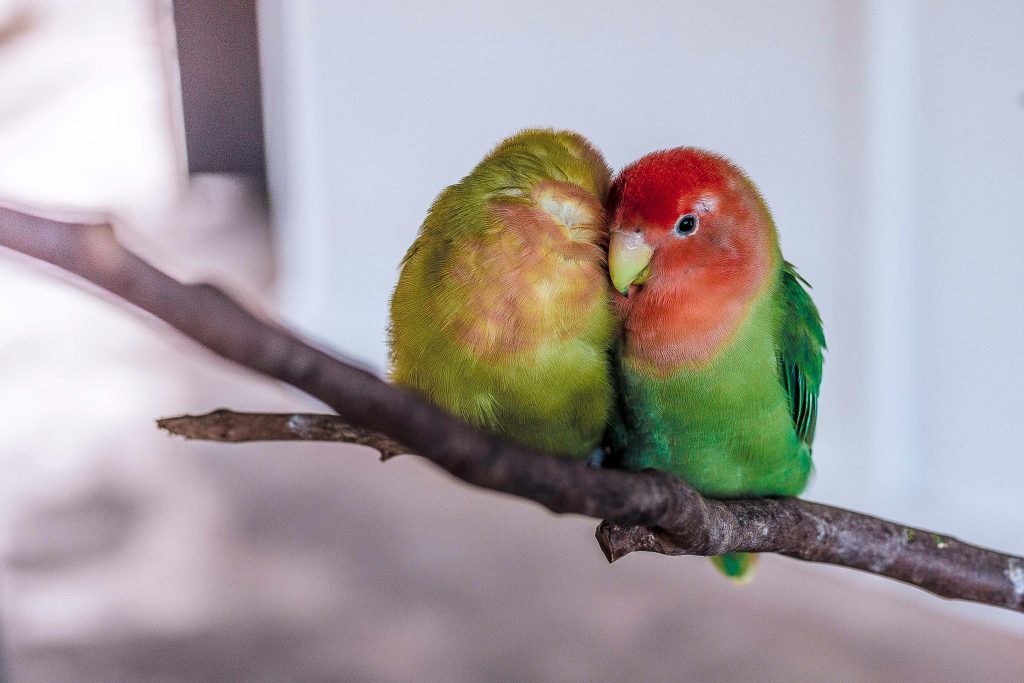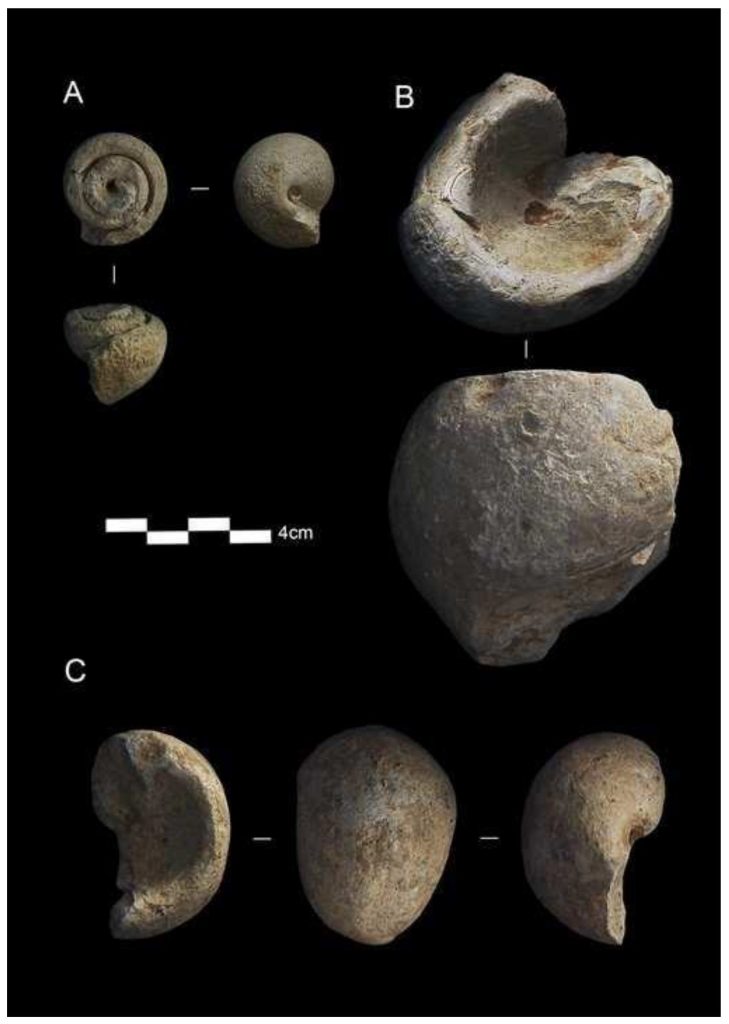
MDPI Articles Cited in the News: November 2024
This month’s round-up of MDPI articles Cited in the News provides a run-through of a diverse range of research, whether its exploring the magic behind romantic love or understanding the mechanics of long COVID pathogenesis. From a total of 552 mentions over November, we’ve hand-picked several studies cited by dependable news outlets such as The Guardian and BBC Future to provide a taster of the latest trending science.
The Lovebird scale could tell us why some relationships just work – and why others don’t
Published in Behavioral Sciences: Development and Preliminary Validation of the Lovebird Scale
Cited in Forbes: 2 Signs That You’re In A Lovebird Relationship, From A Psychologist
What makes a romantic relationship tick? Researchers from the USA published a recent study analysing the Lovebird scale—a scale that could potentially reflect how well a relationship is flourishing (or not flourishing).

The lovebird scale analyses the feelings, habits, behaviours and thoughts that each partner has, and how they contribute to the maintenance of relationships, helping to keep that spark alive. Maintaining healthy romantic relationships has been shown to provide many physical and mental health benefits, which in turn helps an individual to flourish on a personal level.
The researchers analysed results from the lovebird questionnaire given to participants in Southwest of the USA. They set another questionnaire to characterise partners who were satisfied with their relationship or felt less connected.
This study confirmed that the lovebird scale is a valid way to determine how important certain factors are in maintaining long-lasting and flourishing romantic relationships.
In the article, the authors discussed the relevance of the Lovebird scale and what sets it apart from other relationship tests:
“As recent research has noted, there is more to relationship quality than varying degrees of satisfaction, and this is reflected through the development of other measures of relationship flourishing, such as the Relationship Flourishing Scale and the Relational–Connectivity Scale.
However, what sets the Lovebird Scale apart from these other measures is that it assesses constructs that are measured by each of those scales as well as includes other relevant domains of relationship flourishing, such as physical intimacy, relational savouring, and responsiveness.” – Cloonan et al.
Long COVID could be a mitochondrial problem
Published in Biomedicines: Understanding Long COVID: Mitochondrial Health and Adaptation – Old Pathways, New problems.
Cited in BBC Future: Long Fatigue: The Exhaustion that lingers after an infection
Long-term COVID, commonly referred to as long COVID is a diagnosis given to individuals who have previously been infected with SARS-CoV-19 and experience long-term symptoms such as brain fog and fatigue. Little is known about why these symptoms persist long after the resolution of the infection. A review published in Biomedicines explores how mitochondrial dysfunction and dysmetabolism has a role to play in the pathogenesis of the syndrome.
In the review article, the authors analyse the current scientific literature and understanding of long COVID and conclude that it could be described as a chronic inflammatory disorder. They begin by unravelling the function of mitochondria which is involved in key processes such as stress and immune, metabolic and inflammatory responses.
The study discusses how mitochondria are key in controlling concentrations of reactive oxygen species, which is critical in reducing oxidative stress and cell damage. The authors then explore how SARS-CoV-2 infection can tip the body into inducing consistent inflammatory cycles due to this mitochondrial function. Markers for the disease could therefore include the mitochondrial DNA copy number, as well as certain lifestyle factors.
How the city’s air quality can harm children – and how we can fix it
Published in Atmosphere: Traffic-Related Air Pollution and Childhood Asthma – are The Risks Appropriately Mitigated in Australia?
Cited by The Guardian: Hobart and Canberra Ranked among top 10 global cities with lowest air pollution, analysis finds.
According to the World Health Organisation, air pollution can be described as ‘contamination of the indoor or outdoor environment by any chemical, physical or biological agent that modifies the natural characteristics of the atmosphere.’
Air pollution is also linked to the manifestation of serious health conditions, such as heart disease, stroke and respiratory diseases. Asthma is a chronic respiratory disorder with varying degrees of severity but can be particularly serious and harmful to children. A recent news story from The Guardian cites an MDPI review exploring the relationship between traffic-induced air pollution and childhood asthma in Melbourne, Australia.
In the article, the researchers analysed the levels of nitrogen dioxide and fine particulate matter—tiny particles, either a liquid or solid, present in the air, which are a major cause of health concern. With Australia having some of the highest rates of asthma in the world, costing the country a staggering AUD 27.9 billion in healthcare bills, studies analysing different factors and their link to inducing asthma are vital.
Importantly, the authors highlight how current practices and regulations regarding traffic control are not sufficient in moderating air quality in specific parts of Melbourne, inevitably causing significant harm to children’s health. The authors urge those involved in urban planning to think about the health impacts that air quality has on the health of both children and adults in these areas and work to provide better policy and planning.
Our ancestors’ love for collectables unveiled
Published in Quaternary: Were the Neanderthals the First Collectors? First Evidence Recovered in Level 4 of the Prado Vargas Cave, Cornejo, Burgos and Spain
Cited by Popular Science: Neanderthals may have enjoyed collecting tchotchkes – just like us.
People have always loved to collect things. Evidence of this can be dated all the way back to one of our distant ancestors—the Neanderthals, an extinct subspecies of Homo Sapiens that lived through the Middle Paleolithic age, more commonly known as the Stone Age. An article published in the Open Access journal Quaternary finds fascinating new evidence of Neanderthals’ love for collecting things purely for aesthetic purposes and artistic appreciation.

The study describes artefacts recovered from Level 4 of the Prado Vargas Cave in Spain, including different marine fossils of different shapes. The authors run through the composition of each fossil and its potential use.
From the in-depth analysis, the authors conclude that most of the recovered fossils provided no practical use bar one fossil which may have been used as a hammer. This evidence demonstrates that Neanderthals may have enjoyed collecting things as we do, purely out of interest and artistic curiosity. The act of collecting aesthetically pleasing items persists as a widely present behaviour in modern humans today, suggesting that we may be more like our ancestral cousins than we once thought.










